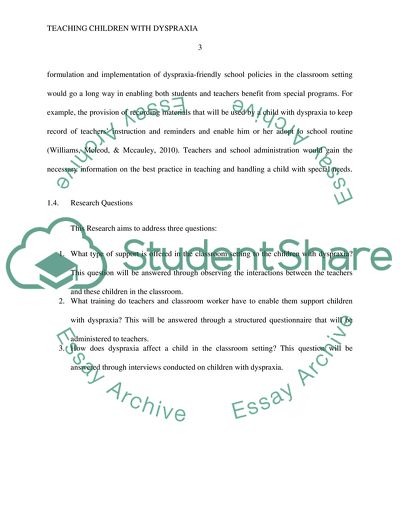Cite this document
(Teaching Children with Dyspraxia Research Paper Example | Topics and Well Written Essays - 3500 words, n.d.)
Teaching Children with Dyspraxia Research Paper Example | Topics and Well Written Essays - 3500 words. https://studentshare.org/education/1823555-what-are-the-impacts-social-development-and-educational-attainment-of-dyspraxia-in-children-of-key-stage-3
Teaching Children with Dyspraxia Research Paper Example | Topics and Well Written Essays - 3500 words. https://studentshare.org/education/1823555-what-are-the-impacts-social-development-and-educational-attainment-of-dyspraxia-in-children-of-key-stage-3
(Teaching Children With Dyspraxia Research Paper Example | Topics and Well Written Essays - 3500 Words)
Teaching Children With Dyspraxia Research Paper Example | Topics and Well Written Essays - 3500 Words. https://studentshare.org/education/1823555-what-are-the-impacts-social-development-and-educational-attainment-of-dyspraxia-in-children-of-key-stage-3.
Teaching Children With Dyspraxia Research Paper Example | Topics and Well Written Essays - 3500 Words. https://studentshare.org/education/1823555-what-are-the-impacts-social-development-and-educational-attainment-of-dyspraxia-in-children-of-key-stage-3.
“Teaching Children With Dyspraxia Research Paper Example | Topics and Well Written Essays - 3500 Words”. https://studentshare.org/education/1823555-what-are-the-impacts-social-development-and-educational-attainment-of-dyspraxia-in-children-of-key-stage-3.


